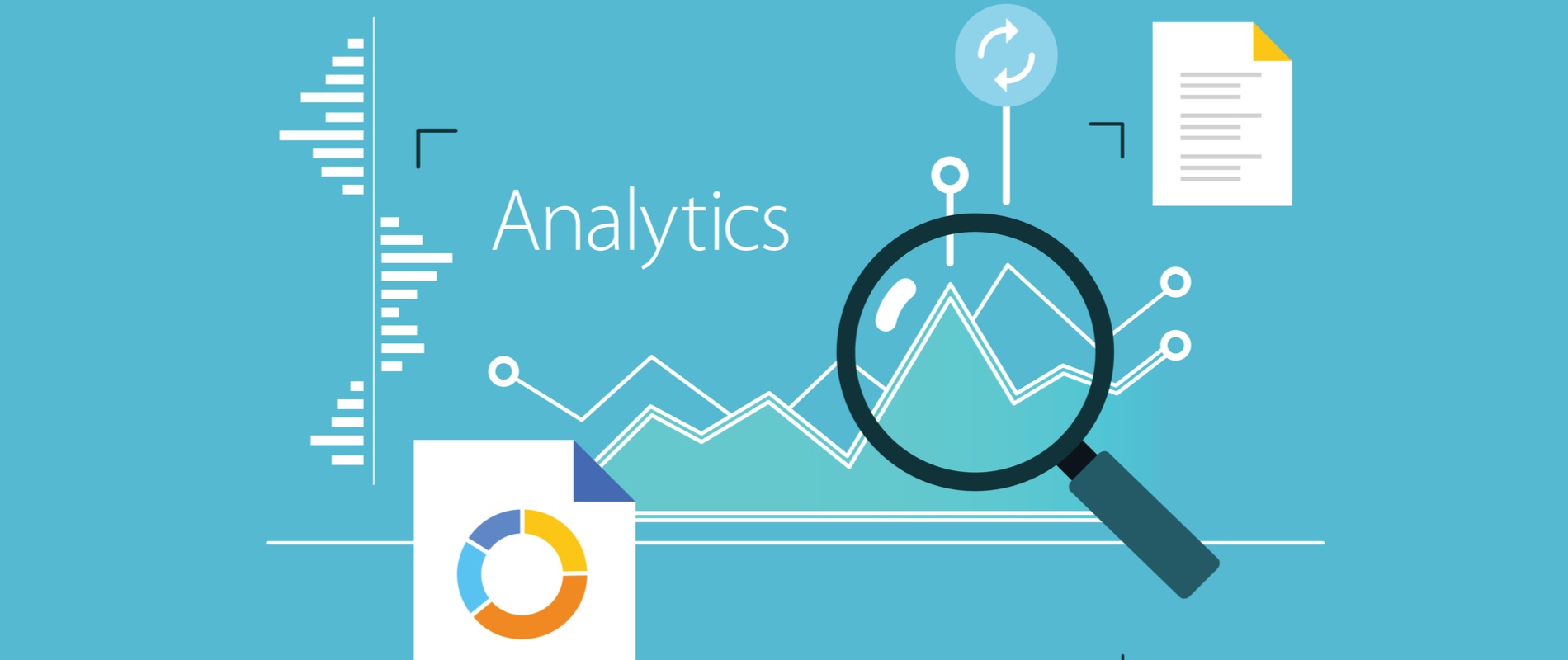Get weekly
HubSpot updates
Your website harbours tonnes of nifty information. Not just for your customers, but for your business too. Understanding the analytics tools at your disposal – like Google or HubSpot – can help you determine where your opportunities lie and where your weaknesses lurk. But how do you make sense of it all? Visitors, sessions, pageviews… what’s the difference?
To make it clearer, I’ve made a list of some of the most important terms and what they mean.
The Fun Glossary for Essential Web Traffic Terms
Pageview
Every time someone opens any page on your website it is considered a pageview. If they go from your Home page to your About page, to your Blog page that’s not considered stalking – it does, however, count as three pageviews in total.
Unique Pageviews
Imagine you’re browsing your favourite clothing store, you’ve spotted a jacket you love; unfortunately, it’s entirely out of your budget. You keep browsing the site for other, cheaper, inferior jackets; but you just can’t get that gorgeous, obscenely expensive piece of haute couture out of your head. So you keep going back to it, your finger hovering over the ‘add to basket’ button while your brain tries to steer you towards the jacket that’s not going to cancel out your Christmas budget this year. And so, the torture continues; back and forth between ‘Jacket That Will Change Life’ and ‘Jacket That Will Do’. That’s a unique pageview.
If someone is on your website and he or she keeps going back to the same page in the same session, this will only be counted as one unique pageview.
Sessions/Visits
You’re at the gym for a 30-minute workout. You start with a 5-minute warm up on the treadmill, 5 minutes on the abductor, then 10 minutes on the leg press. Just as you’re about to mount the next torture device, you realise you’ve forgotten your headphones in the car. You leave the gym to retrieve them; then you start back at the treadmill when you return. Even though you’ve started your workout again, you’ve only, in essence, been to the gym once that day. Just because you swiped your membership card twice does not earn you any extra points.
The same is applicable when visitors come to your website. You can adjust the length of a Google Analytics session, but it’s set to 30 minutes by default.
Visitors
Someone who visits your site. Simple. They are only counted once in the space of a session, regardless of whether they visit another site and then come back.
Returning Visitor
This is when someone has made multiple visits to your website. HubSpot identifies these by inserting a cookie in their browser.
Bounce Rate
A bit like a blind date. You walk into the restaurant, spot your date before he sees you, are absolutely mortified to catch him doing something unsavoury (like picking his nose). You turn on your heel, leaving the venue before you’ve had any interaction with the heathen.
Bounce rate refers to a situation where someone only views a single page of your website, has no interaction, and then navigates away.
The thing to note here though is that Google doesn’t know whether the visitor actually read anything on your website. You viewed your potential date, you scanned him, you may have hidden behind a menu and spied on him a little bit longer to appease yourself that he wasn’t worthy of your company, but he, like Google, won’t know how long you did that for.
Impressions
This refers to the number of times someone has actually seen/viewed your content or advert. So, back to your date; you’ve seen him, he’s made an impression, but there was no date.
Click-through rate
If you’re sharing hyperlinks or posting adverts on Google Ads, social media or any other third-party platform, click-through rate is the percentage of ‘impressions’ that have actually clicked through to your website.
So now that we understand some of the more common terms, what does your website do to stop people from bouncing and instead get them to click, view, return and eventually purchase?
Stop. Look. Listen.
Visitors will come to your website through many different channels. Some will have clicked a hyperlink on an advert; some will come through social media shares or directly through a search engine. Once they’re there, you want them to pay attention to your content. However, what if that’s just not happening?
These FAQ’s may be able to help you:
Q. Why does my website have a high bounce rate?
1. It’s slow. Patience is not synonymous with web browsing these days. If you do by chance get that poor soul who hangs around waiting for the grand unveiling of your landing page, they may be hesitant to click on anything else – just in case they have to retire by the time it opens.
2. Your homepage is confounding. If your website isn’t intuitively navigable, visitors may be put off from trying to figure out where to click for the content they desire.
3. If your calls-to-action pop up the minute someone accesses your website, be prepared for a lot of users bouncing right off the page. No one wants to be haggled for details before they’ve even got the layout of your website.
4. If your website looks too clinical, i.e. it doesn’t have any of the issues listed above, but its barely got anything that entices the visitor to read or click further, then they may simply presume that this website isn’t regularly updated or relevant to their search.
5. You might be bringing in the wrong type of traffic - if your website is appearing for phrases that don’t match up to what you offer, they aren’t going to stick around.
In conclusion, remember your date? If he hadn’t decided to do the one thing that was an absolute deal breaker for you, he might have stood a chance. Maybe he was very handsome, perhaps the friend who set you up said he was a great conversationalist, but your appraisal was based on that one (albeit unhygienic) niggle.
Q. How can I get more pageviews? I have some great content that's not being seen.
1. Organise your content. Make sure the navigation is clear and easy to use - particularly for mobile users.
2. Use widgets for creating thumbnail posts. Sometimes pictures are more attention-grabbing than headlines.
3. Internal links. If you’ve written a good blog post or have content on your website that relates to something else on there, make sure you link them. It’s good for your SEO, plus it encourages visitors to keep exploring.
4. CTAs. Invite your visitors to sign up for emails that will keep them coming up for more content.
Q. Why is my traffic not shifting?
1. Google is smarter. It now takes greater attention and more valuable content than ever before for Google to rank you. If the quality of your content isn’t improving, you’re probably stagnating or slipping down the search results.
2. The competition for organic traffic is tougher. Google now includes featured snippets on its SERPs, discouraging searchers from clicking further once they’ve had their questions answered.
A website without traffic is like owning a very expensive jacket and never wearing it. No one will get to see how terrific you look in it and you won’t get any value from owning it.
To see what’s limiting traffic to your website, it may be worthwhile to let a developer run some checks on your pages to eliminate any outdated coding or malware. You may also want to do some A/B testing with your content to see what gets you more pageviews and conversations from your CTAs.
Once you understand what your visitors are doing, you can look at ways of optimising your content and ensuring that the relationship between traffic and your website is a long and happy one.

